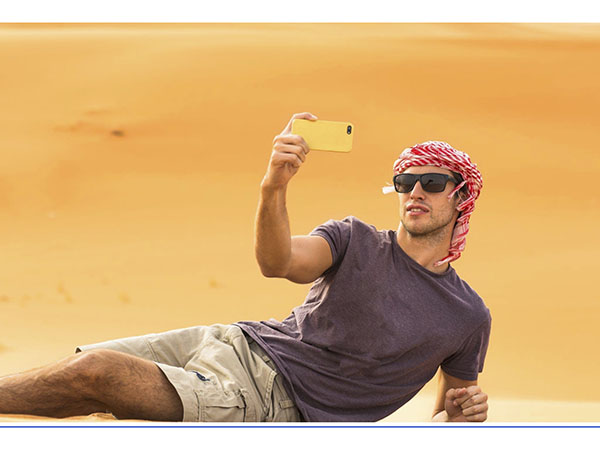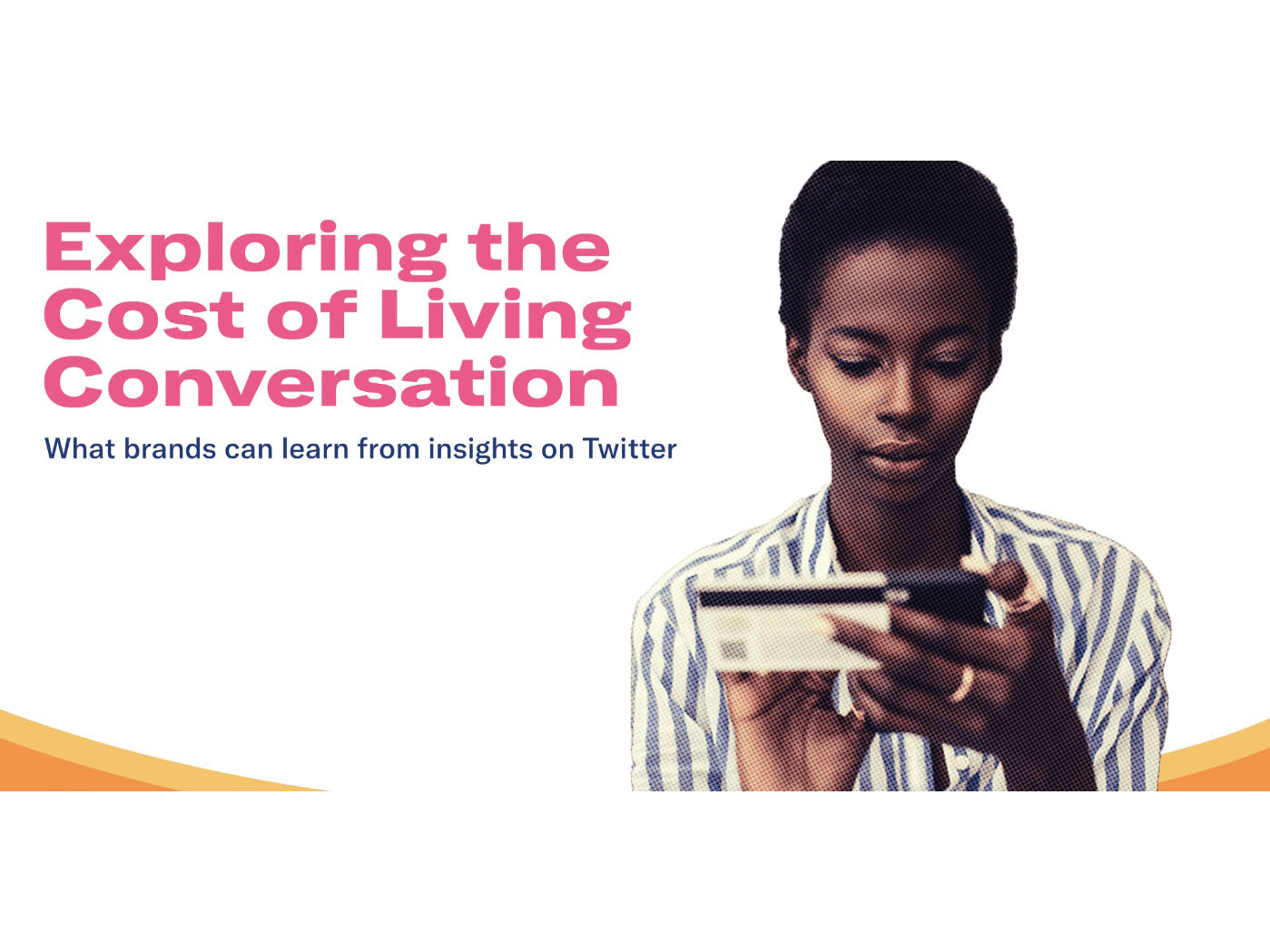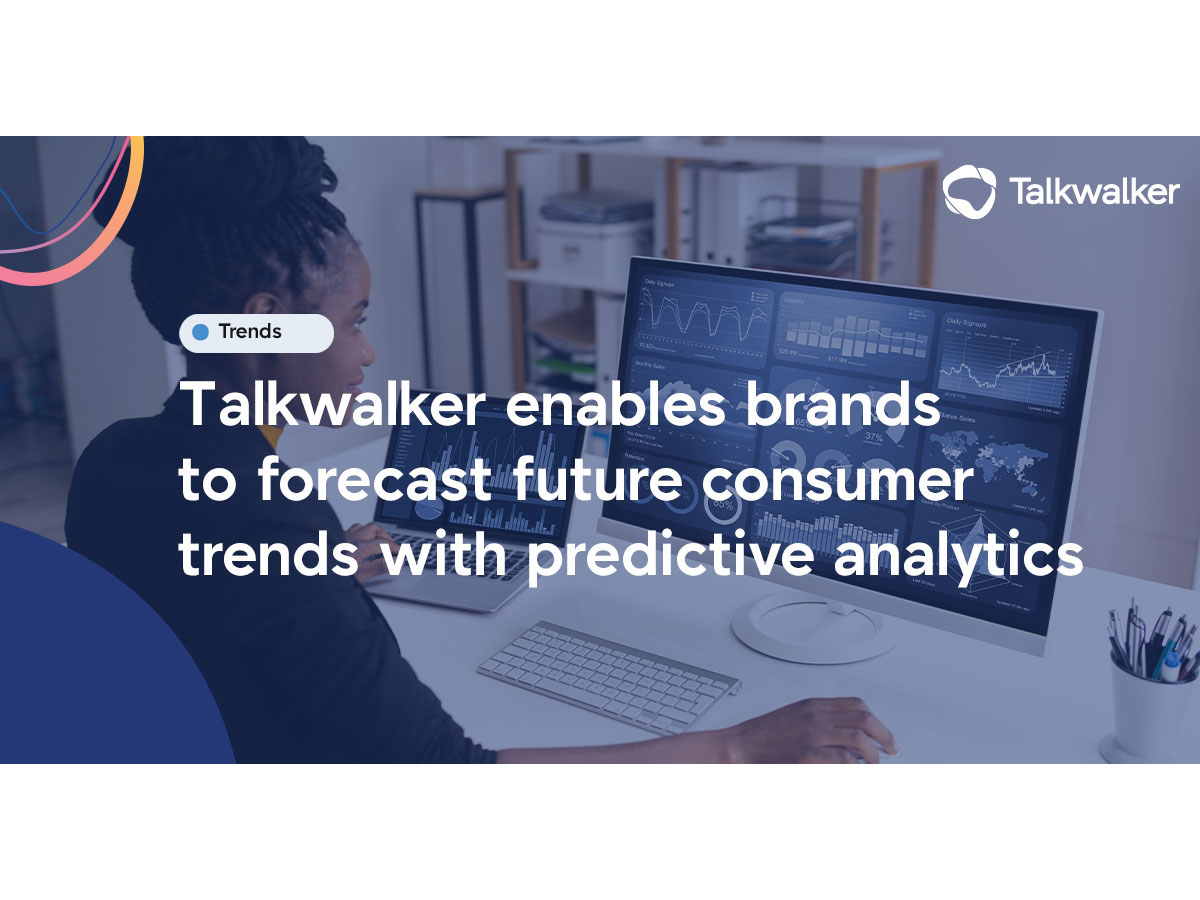News - Digital/Tech
Influencer marketing comes of age after COVID-19
November 15, 2021
.jpg) Advertisement
AdvertisementInfluencer marketing has matured during the pandemic. The relationship between brands, influencers, and consumers has drastically changed, particularly as there is more at stake. Brands want to collaborate with influencers that establish credibility and trust, therefore mitigating any of the risks that might tarnish a brand’s reputation. On the other hand, influencers want to partner with businesses that align with their principles and values - no matter how much money is involved.
The opportunity is here, now that influencer marketing is fully established with regulations and shared responsibilities among stakeholders. Meaning, influencers and brands could be legally liable if they do not deliver, which ultimately led to a trust chain that uplifted the industry in its entirety.
The year 2022 looks promising to content creators and brands who will connect the dots between relatable content, robust attribution and affiliate models, and long-term connections.
According to Talkwalker’s latest Social Media Trends 2022 report, the pandemic had led consumers towards influencer communities. With the popularity of products like Instagram Reels and TikTok creations, there suddenly was a surge in content and influencers. Nowadays there’s an influencer for practically any niche you could think of. The abundance of sources of online infotainment filled the gap that was once occupied by the theatre, cinemas, concerts, and other in-person activities.
Commenting on the regional state of influencer marketing, Mike Alnaji, Director of Content Creators & Brand Partnerships, New Media Academy said, “The pandemic has helped mature influencer marketing as a whole as people turned to their phones for content when the globe was on lockdown, putting a further emphasis on influencer marketing. Governments need to ensure they have the right ecosystem and laws/regulations in place to help advance the industry where there is a lack of infrastructure to help influencers monetize in their various sectors – as niche as they may be – such as space, technology, law, medicine, sustainability, and real estate. It is important that every field builds a global sphere of influence and inspires others to blaze a trail.”
Brands learn to adapt
The pandemic had taught brands that they need to learn, adapt, and improvise in order to survive. This has become a particular issue for brands that mostly rely on brick-and-mortar retail to reach their audience. By working with content creators, brands have suddenly become more agile and approachable.
Content creators were in a better position to diversify the content on a whim and create new channels to reach Gen Z audiences such as those on TikTok, - ultimately channeling benefits to the brands. By affinity, both influencers and brands have enjoyed the perks of appearing as ‘authentic’ to the general public. Authenticity and empathy bolster a brand’s position in people’s hearts and creates a stronger connection that cannot technically be measured, but definitely felt.
The pandemic has created a new reality that brands have swiftly learned to accept: influencers are able to reach consumers at a level that they are not capable of doing. Nowadays, there’s more variety of influencers on both fronts - scale and the types of content that cater to all niches - so there’s something for everyone.
Influencer marketing paves the way to a serious relationship
More than ever, audiences want serious conversations rather than short-lived encounters. The brands that will leverage this opportunity are the ones that fully understand the nuances of their community and dig into what makes them tick, feel, and engage.
According to Talkwalker’s latest Social Media Trends 2022 report, influencer marketing was already building momentum before the pandemic, until the global lockdown arrived and accelerated the growth of that space.
For example, the stellar popularity of TikTok influencers is not only attributed to memes and attractive dances, but also to the increasing demand for ‘unfiltered’ or unscripted content. TikTok’s virality algorithm gives anyone the potential to become an influencer, they just have to create value-driven content that people want and is considered infotainment.
The pandemic changed the persona of a typical influencer. Simply put, an influencer used to be an individual with a large social media following, however, nowadays they are a force that shapes and defines the conversation beyond their original scope of expertise. Influencers have increasingly established themselves as transparent advocates for brands who organically engage their audiences on human-related causes. Authenticity is a key value proposition of influencer marketing. Influencers are in a unique position to portray a likeable and approachable version of the brand they’re advocating for.
It’s a paradigm shift that was long in the making. The pandemic accentuated the audience’s need for belonging and connection. Meaning, social media users who were in lockdown sought communal activities that involved them while being entertained - whether through a TikTok dance or cooking a recipe (which ultimately ends up in a major failure).
One key example is how Louis Vuitton overcame the lack of engaging events during the pandemic by collaborating with K-pop sensation BTS as brand ambassadors. Members of the band headlined LV’s #LVMenFW21 fashion show in Seoul this year and instantly reached millions of users worldwide.
Moving forward, the industry will witness more cross-industry collaborations which might seem alarming at first but is refreshing especially as the world reemerges towards a new sense of normalcy.
In conclusion, influencer marketing will continue to develop as new technologies and global cultural trends emerge, empowering influencers to play a much bigger role in the industry as well as create a new dynamic between brands and their audience.



.jpg)










